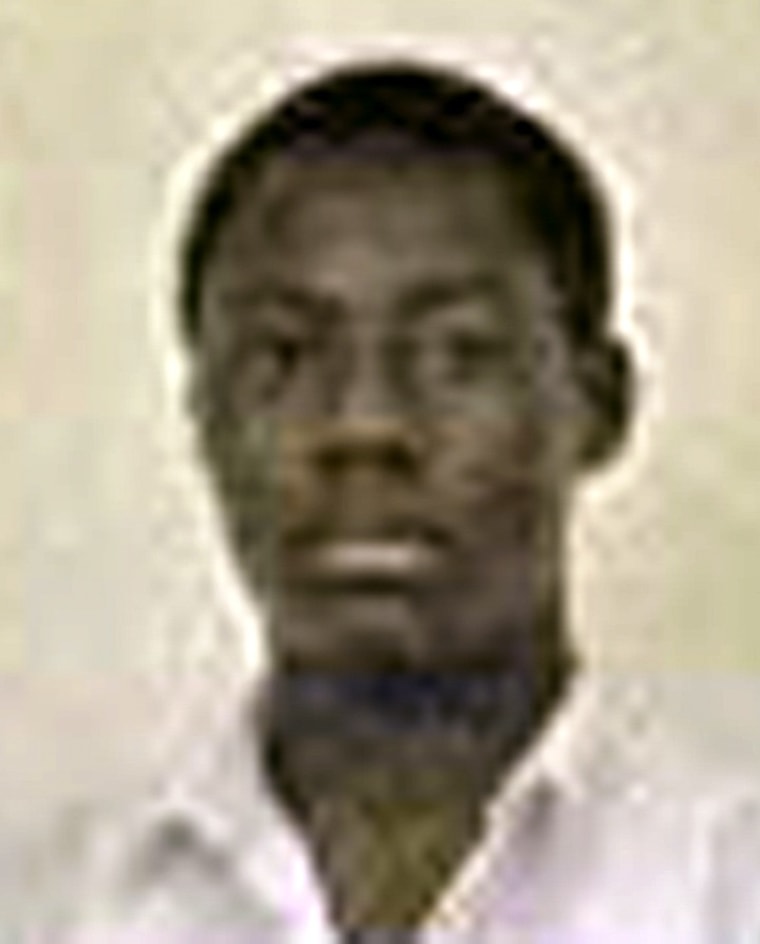U.S. agencies are looking into whether al-Qaida extremists in Yemen directed Umar Farouk Abdulmutallab and provided him with the explosives used in the failed bombing of Northwest Flight 253, senior administration officials told NBC News on Saturday.
They are also examining a possible link to an attempted assassination of a Saudi government official last August that used the same explosive, PETN, or pentaerythritol tetranitrate. In both incidents, the explosive device was in or attached to the suspect's underwear.
The New York Times quoted unidentified officials as saying Abdulmutallab had obtained the explosive materials from a bomb expert in Yemen associated with al-Qaida.
Abdulmutallab had visited Yemen in the past few months, say officials. Al-Qaida in the Arabian Peninsula is a Yemen-based offshoot of al-Qaida.
Abdulmutallab’s increasingly radical leanings and anti-western rhetoric caused his family to alert the U.S. Embassy in the Nigerian capital of Abuja of their concerns.
He was added to a terrorism watch list in November, say officials, but not to the no-fly list. The larger watch list — the Terrorist Identities Datamart Environment, or TIDE — contains more than 500,000 names, while the no-fly list has some 4,000 names.
Military action
Al-Qaida in the Arabian Peninsula has been increasingly active in the past year. It is headquartered in Hadramout, the vast desert region shared with Saudi Arabia, but operates in other parts of the peninsula as well. U.S. and Yemeni forces have stepped up military activities in the region in recent weeks.
A Yemeni official, speaking on condition of anonymity because he was not authorized to speak to the press, said Saturday that the U.S. has yet to contact his government officially. “We have yet to receive official information on the incident. If and when the would-be bomber’s alleged link to Yemen is officially identified, authorities will take immediate action.”

Of particular interest to U.S. officials, beyond Abdulmutallab’s travels to Yemen, is a thwarted attack on the head of Saudi Arabia’s counterterrorism effort and an October article on the use of small amounts of explosives, authored by the Yemen al-Qaida group’s leader.
In the former incident, a suicide bomber hid PETN in his underwear, detonating it when greeting Prince Mohammed bin Nayef, head of Saudi counterterrorism, last Aug. 28.
The man, who had claimed he was turning himself in, died in the attack. Bin Nayef, a U.S. ally, suffered burns to his hands. Cultural taboos prevented a search in that part of the terrorist's body. Al-Qaida in the Arabian Peninsula claimed responsibility for the attack.
Officials told WNBC that the explosives in the Christmas Day attack also were attached to Abdulmutallab's underwear.
‘War is a Trick’
That was followed by an article published two months later in Sada al-Malahim, the group's online magazine. In the article, "War is a Trick," the group's leader, Abu Basir al-Wuhayshi, advised would-be al-Qaida members to use small amounts of explosives to kill "apostates" and Western nationals, including on passenger aircraft and in airports.
According to a translation proved by NBC counterterrorism analyst Evan Kohlmann, al-Wuhayshi wrote: "You do not need to sacrifice huge efforts, or large amounts of money, to make 10 grams of explosives, or more or less … make it [the material] in the shape of a grenade to throw, or [an explosive] to time, or ignite it from a distance, or a martyrdom belt … and bomb with it any tyrant, or intelligence forces den, or a prince, or a minister, or a crusader wherever you find them, and also in airports in the western crusade countries that participated in the war against Muslims; or on their planes, or in their residential complexes or their subways."
Al-Wuhayshi pointed to the attempted assassination of bin Nayef as an example of how to carry out such attacks.
U.S. and Yemeni forces have carried out two joint attacks on al-Qaida in the Arabian Peninsula within the past week, killing more than 60 suspects and larger numbers of civilians. Among those targeted in the second attack, only three days ago, was al-Wuhayshi.